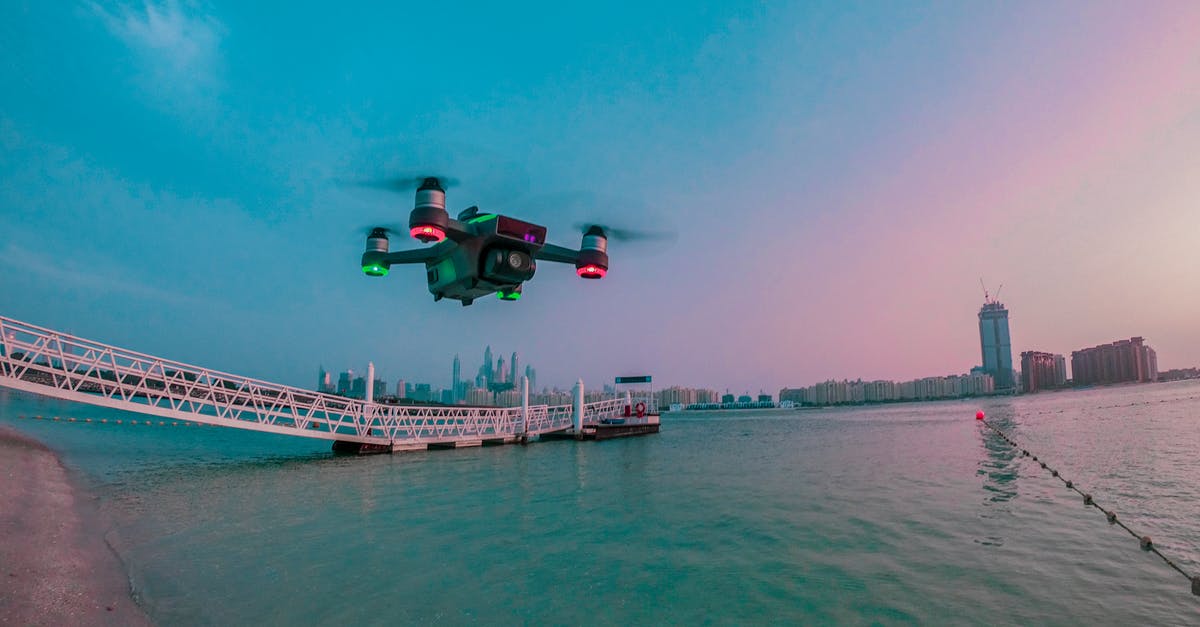Why does a flight from Melbourne to Cape Town need to go via Doha?

Looking at tickets for, say, a flight from Melbourne (MEL) to Cape Town (CPT) I found none without an airport stop - i.e. at Doha (DOH).
I understand that the "direct" route (great circle) is perhaps too close to the southern pole, but what is the reason to make such a long route?
The ideal paths are:
MEL-DOH = 7,426 mi
DOH-CPT = 4,615 mi
------------------
TOTAL = 12,041 mi
while the direct route is:
MEL-CPT = 6,416 mi
The half of the distance! Even if you don't follow the great circle (for the reason above) the "single hop" route will be very close to the first part of the trip (MEL-DOH).
A second thought might be about the lands below: of course MEL-DOH-CPT is for most of the path above lands. But as I learn here it is not unusual to have long paths over the seas.
So, what are the reasons to avoid the shortest path in this example?
Best Answer
There is already a very good and accepted answer, so mine is just for added fun.
A very interesting way to visualize this is www.flightconnections.com. It's an interactive map that shows all regularly scheduled direct flights. If you click on Capetown, you can see that nothing goes to Australia and the farthest west you can get is Hong Kong.
Now why is that?
Almost all airlines operate a "hub and spoke" system. That means their is one (or a few) "central" airport that's home to the airline and that serves individual flights to all other destinations. So almost all routes from A B to will have a layover at a hub, so you fly A->Hub->B (unless A or B are a Hub itself). The reason for that is easy: it allows the airline to serve a large numbers of city combination with relatively small number of direct flights. If you want to serve 100 cities with all possible combinations you would need 4950 different flights. With a hub and spoke system you only need 99. The hub also allows the airline to put all infrastructure in a single location since every plane shows up at the hub after every second flight.
Going back to your specific example. Neither Capetown nor Melbourne are hubs, so you would need an airline that has a different hub and serves both airports. Again, flightconnections.com can easily illustrate that if you put in both airports. Turns out the only airlines that do this are Emirates (Dubai), Qatar (Doha) and Cathay Pacific (Hong Kong). So these are your only choices with a single layover.
It tends to be easier if you use a hub "in region", but unfortunately South African (Johannesburg) doesn't serve Melbourne and Qantas (Sydney) doesn't serve Cape Town.
Side note: Looking at the map also explains why some relatively small middle eastern countries have massively large airlines (Emirates, Qatar, Etihad, ..) It's basic geography: with a hub in the middle east, you can connect all continents and the vast majority of the major cities in the world with a single layover. Emirates for example only operates the largest planes: Boeing 777 and Airbus A380. Only a tiny fraction of their passengers are actually traveling from/to Dubai.
Pictures about "Why does a flight from Melbourne to Cape Town need to go via Doha?"



Why do flights take longer routes?
The reason it took so much longer to fly back is the jet stream, a river of fast-moving air high up in the sky. Jet streams are usually about 100 miles wide. They can be thousands of miles long and are found all over the earth. To be called a jet stream, the wind must be moving faster than 60 mph.Has Qatar Airways stopped flights to South Africa?
Qatar Airways has now confirmed it will extend the ban on South Africans, and flights from Luanda, Maputo, Cape Town, Johannesburg, Durban, Lusaka and Harare will not be permitted until 12 January 2022.Do direct flights stop along the journey?
While a direct flight might sound like a nonstop flight, it's not. A direct flight makes at least one intermediate stop along the way to its final destination, but has only one flight number.Is Qatar Airways still flying to Cape Town?
We got great news for Qatar Airways travellers. The airline will resume both inbound and outbound services to Cape Town and Johannesburg from Sunday, December 12, 2021. The airline will now operate a double-daily service between Johannesburg and Doha and a daily service between Cape Town and Doha.HOW TO FIND CHEAP FLIGHTS - My Best Tips After Booking 500+ Flights
Sources: Stack Exchange - This article follows the attribution requirements of Stack Exchange and is licensed under CC BY-SA 3.0.
Images: João Jesus, Harry Cooke, The Lazy Artist Gallery, Tom Fisk
